Telephone: +4915172664064
I’ve long believed in the power of travel to shift your perspective. But what happened to me in Arizona was more than a shift—it was a very uncomfortable lesson in setting boundaries. I went to the states for work, for a press trip that sounded like a dream on paper: lovely resorts, mind-blowing nature activities, Native culture, spa experiences. But I had to do what no itinerary could prepare me for: I had to rethink and up-level my boundaries.
And man, was that uncomfortable.
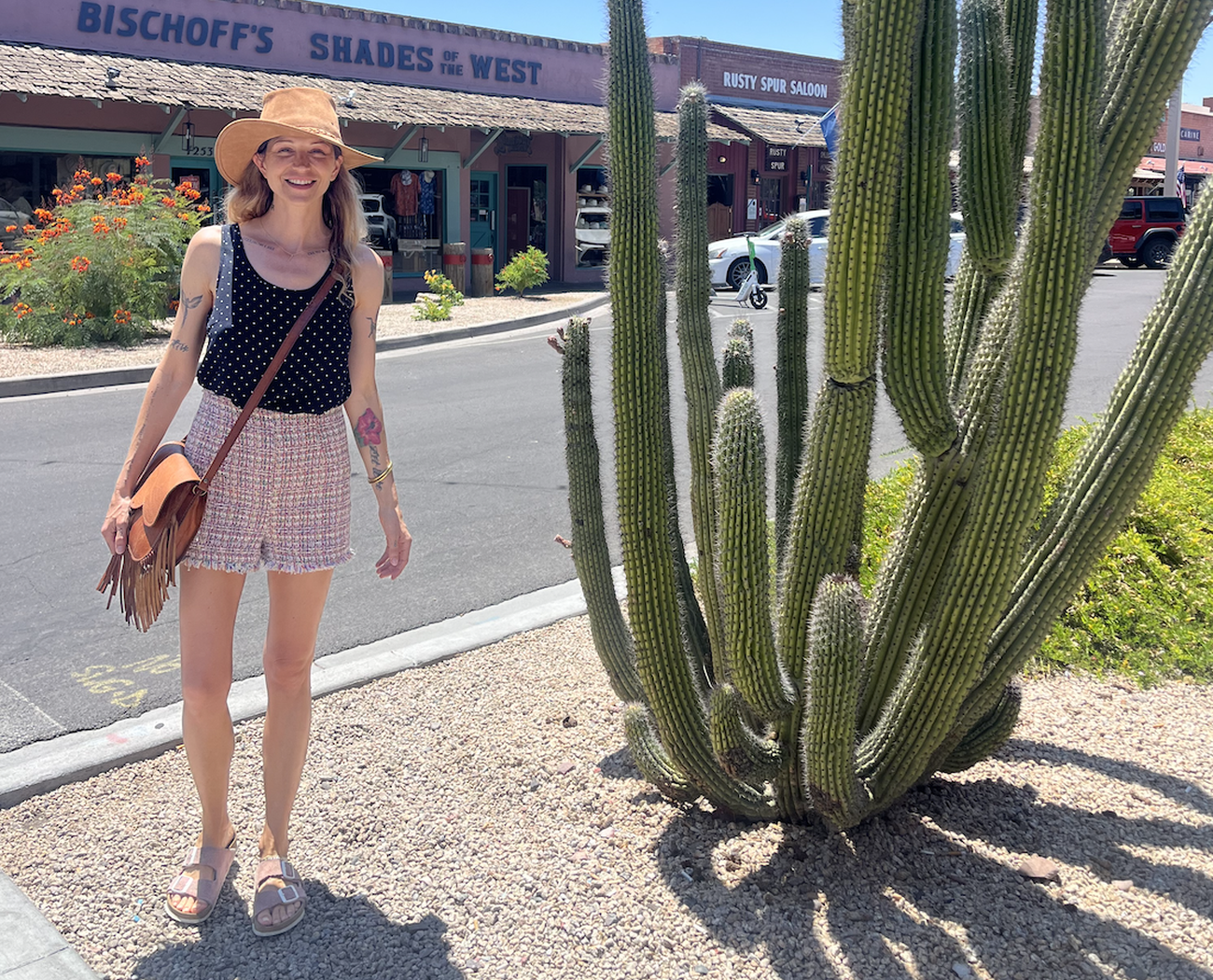
It started in Scottsdale, a sun-drenched suburb of Phoenix, Arizona. I was part of a group of international journalists, there to experience a meticulously organized tour that brought us deep into the heart of the American Southwest. And from the very first day, I found myself swept up in a kind of joyful wonder—because, as a German growing up on John Wayne westerns, Karl May novels, and Pocahontas dolls, this was the stuff of my childhood dreams. Especially since I have been a real cowgirl all my life (in a dressage saddle, mind you!).
Here I was, line dancing in cowboy boots, eating tacos, drinking a (zero) corona at the legendary Rusty Spur Saloon, and finally buying my first real cowboy hat. I got to experience my first ever rodeo—a wildly energetic, loud, and completely American spectacle that I found both surreal and super exhilarating. We even had the chance to interview a cowboy from the local rodeo museum, a walking archive of Wild West history. We floated high above the silent Sonoran Desert in a hot air balloon, the vastness of the landscape unfolding beneath us like a quiet, colourful painting. Later, we kayaked down the Salt River, bouncing through light rapids — far outside my comfort zone, and therefore absolutely perfect.
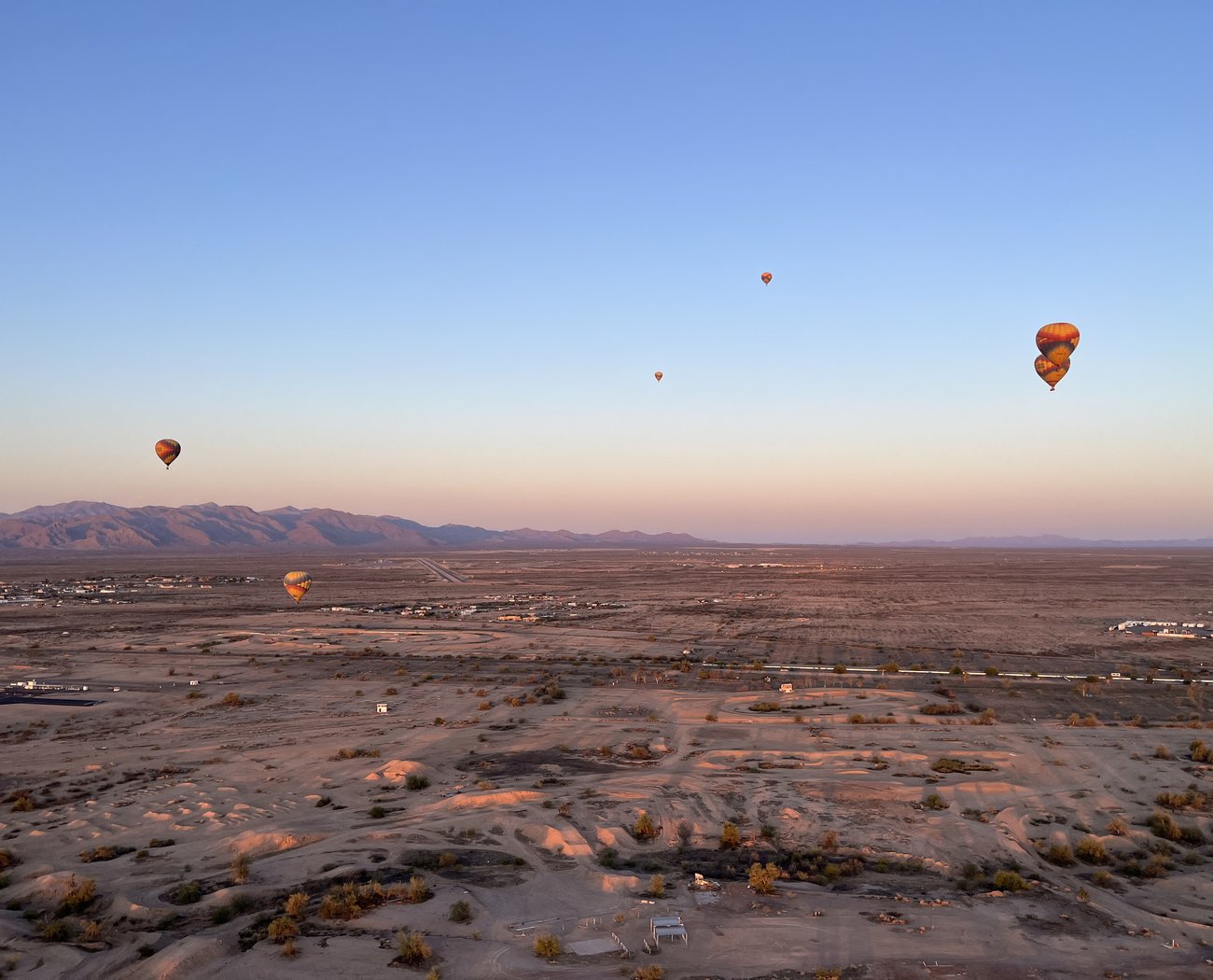
We visited the Cattle Track Arts Compound, where we got a chance to meet a community of longtime bohemian artists who had created a world of their own through clay, pigment, and storytelling. I fell in love with the people, and with the beauty of their work, and their lifestyle. At a Native American market, I found a turquoise ring and a Howlite Pendant that I now wear as a daily reminder of the land, the complexity of its history and the lessons I learned on this trip. It was magic. And I genuinely enjoyed it—every dusty trail, every eccentric encounter, every moment of curiosity and connection. I made new friends, and I learned more about the Wild West in three days than I had in three decades of knowing it only through movie sets and secondhand myths.
But: From day one, the schedule was relentless. Fifteen-hour days, constant socializing, no quiet, no breaks—not even time to breathe, let alone recalibrate. And in those tightly packed days, I hit a wall I didn’t see coming: the wall of my own boundaries—or more precisely, the lack thereof. As a wellness journalist and transformational travel writer, I had communicated clearly to the agency that I was approaching this trip from a wellness angle. And ironically, while I was there to write about wellbeing, the conditions under which we were asked to work were the opposite. I tried to set boundaries. I said clearly that I couldn’t carry on like this. And I was told — quite literally — that I wasn’t allowed to take a break or skip any parts of the program.
(I know, I know — travel journalism, the ultimate dream job. Sunsets, spas, and someone handing you a green juice. Except on day two, I was on my feet for 19 hours straight and still got told I had to stay until the bitter end. No break, no mercy. Glamorous, isn’t it?)
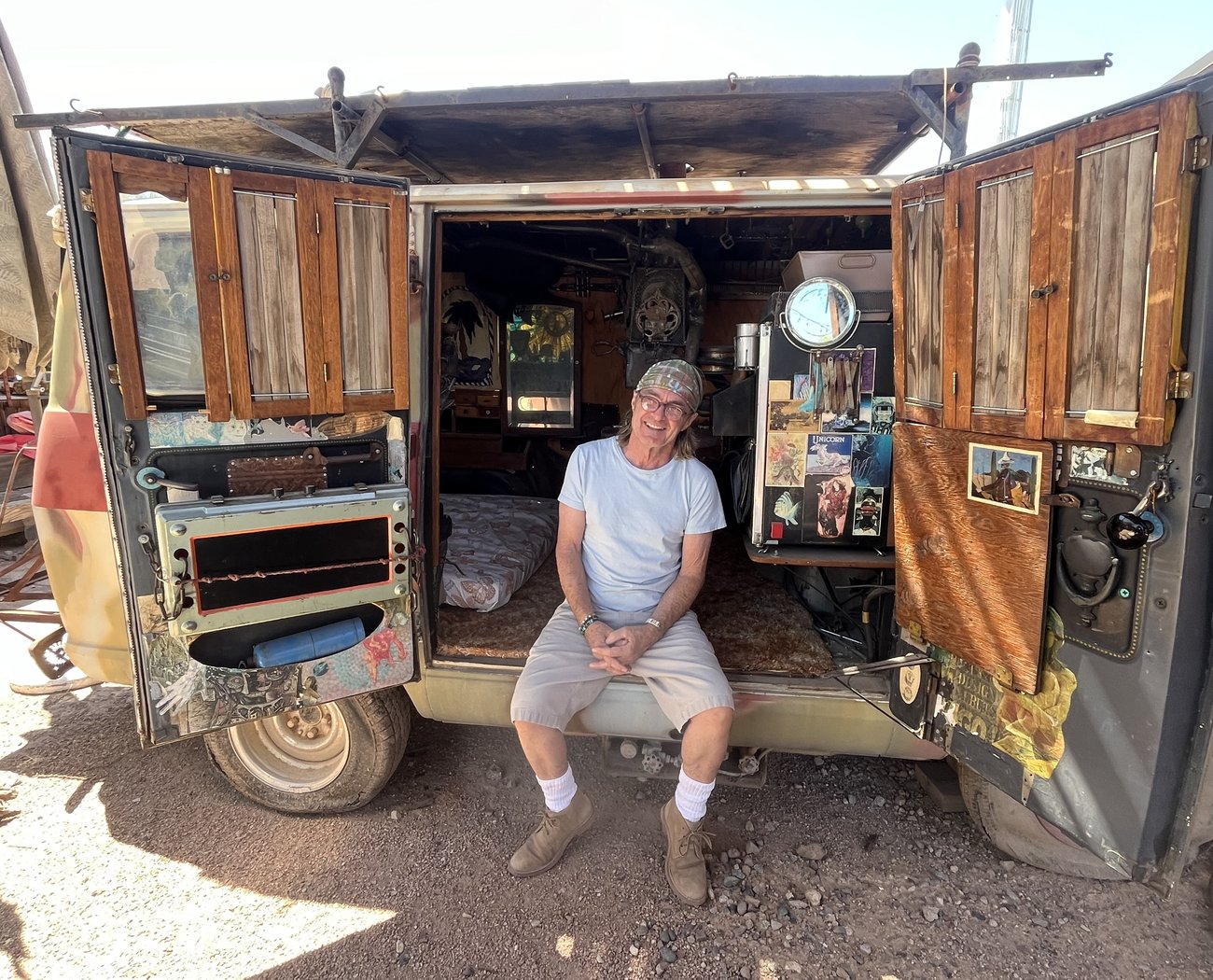
The good girl in me didn’t want to rattle the boat. So I made a quiet decision: I would push through — just to avoid more conflict. But at that moment something shifted inside me, and I drew a line. Not outwardly, but inwardly. A line that said: this is the last time. I already knew then that I would never work with this agency again. And that quiet resolution, that inner clarity, felt like a break-up. A silent one. No drama. No confrontation. Just a firm, steady, internal boundary. In the past—whether in romantic relationships or professional collaborations—I’ve learned the strength it takes to walk away without explaining yourself. To leave without slamming doors. To simply not go back. That kind of boundary lives deeper in the body. It takes longer to recognize. But it’s powerful. It took me a few days to fully understand what had happened. But the strength of that decision, the clarity of that move, was part of a deeper up-leveling.
When the press trip ended, the others boarded their planes back to Germany. I stayed behind. My solo extension through Arizona was supposed to be the quieter second act, still organized by the same agency. But nothing went according to plan. The agency had promised me a rental car to drive myself along Route 66 to the Grand Canyon — but failed to provide the credit card needed to collect it. Whether it was forgetfulness or a passive-aggressive punishment for having tried to set boundaries, I don’t know. Either way, I was stuck.
It was Memorial Day weekend. Offices in Germany were closed. The agency was unreachable.
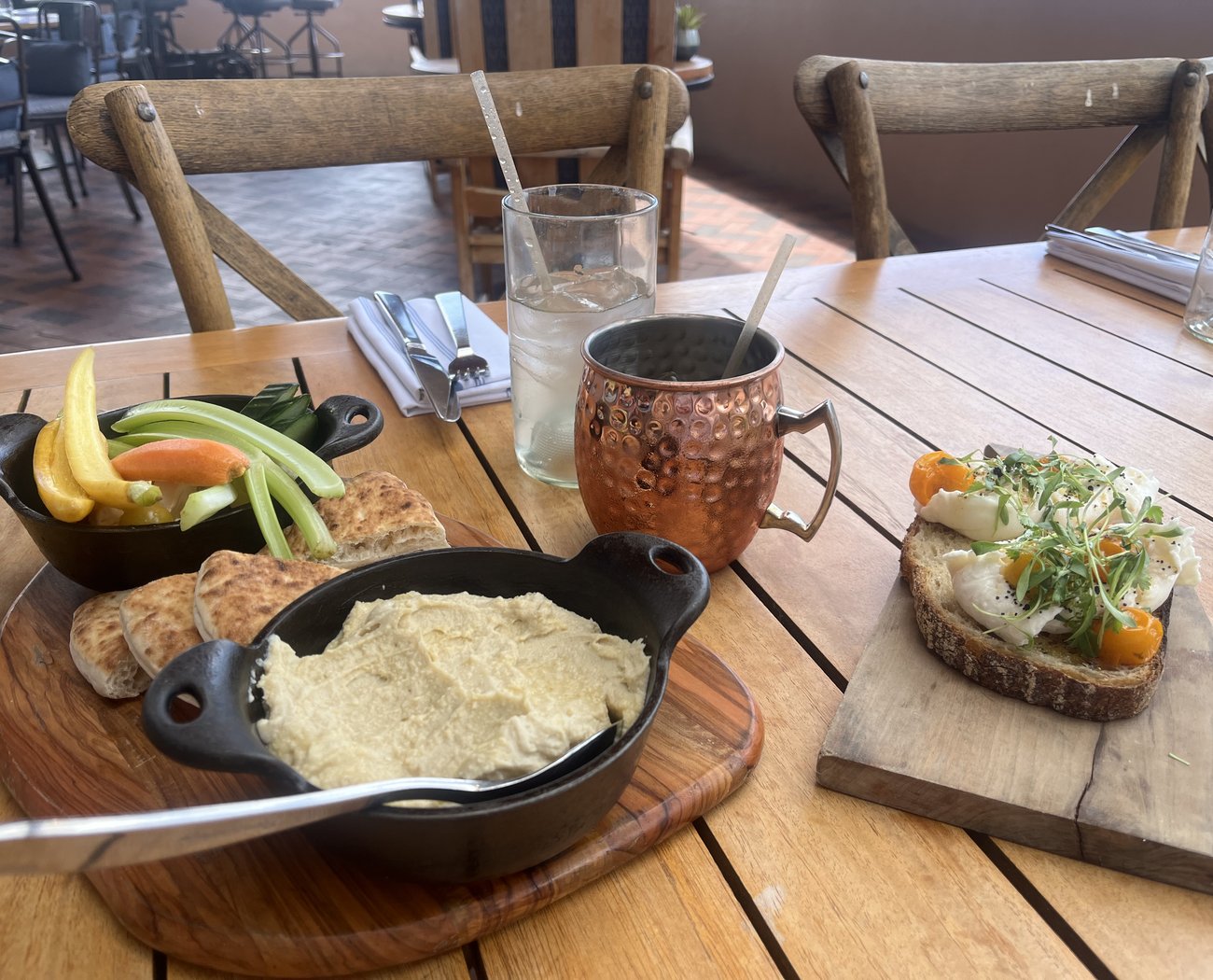
And there I was, jet-lagged beyond reason, emotionally drained from a week of nonstop interaction, and suddenly dropped into logistical chaos. I felt raw, disoriented, fragile. I was angry. Not just at the agency, but at myself for pushing through when my body and mind had been telling me to stop. And still, there was no one else to blame. No one to hand it off to. No one to rescue me.
So I did what you do when you're on the other side of the world and your only choice is to function: I got to work. I made calls to the Arizona State Office and the respective agency contacts in the U.S. I negotiated with third-party collaborators, spent a day re-routing my own travel plan bit by bit, and somehow managed to arrange a helicopter ride over the Grand Canyon to make up for the road trip that never happened — the road trip that was supposed to be the heart of my story.
And all the while, there was a loud voice in my head screaming, “I want to go home.”
But I didn’t. I stayed.
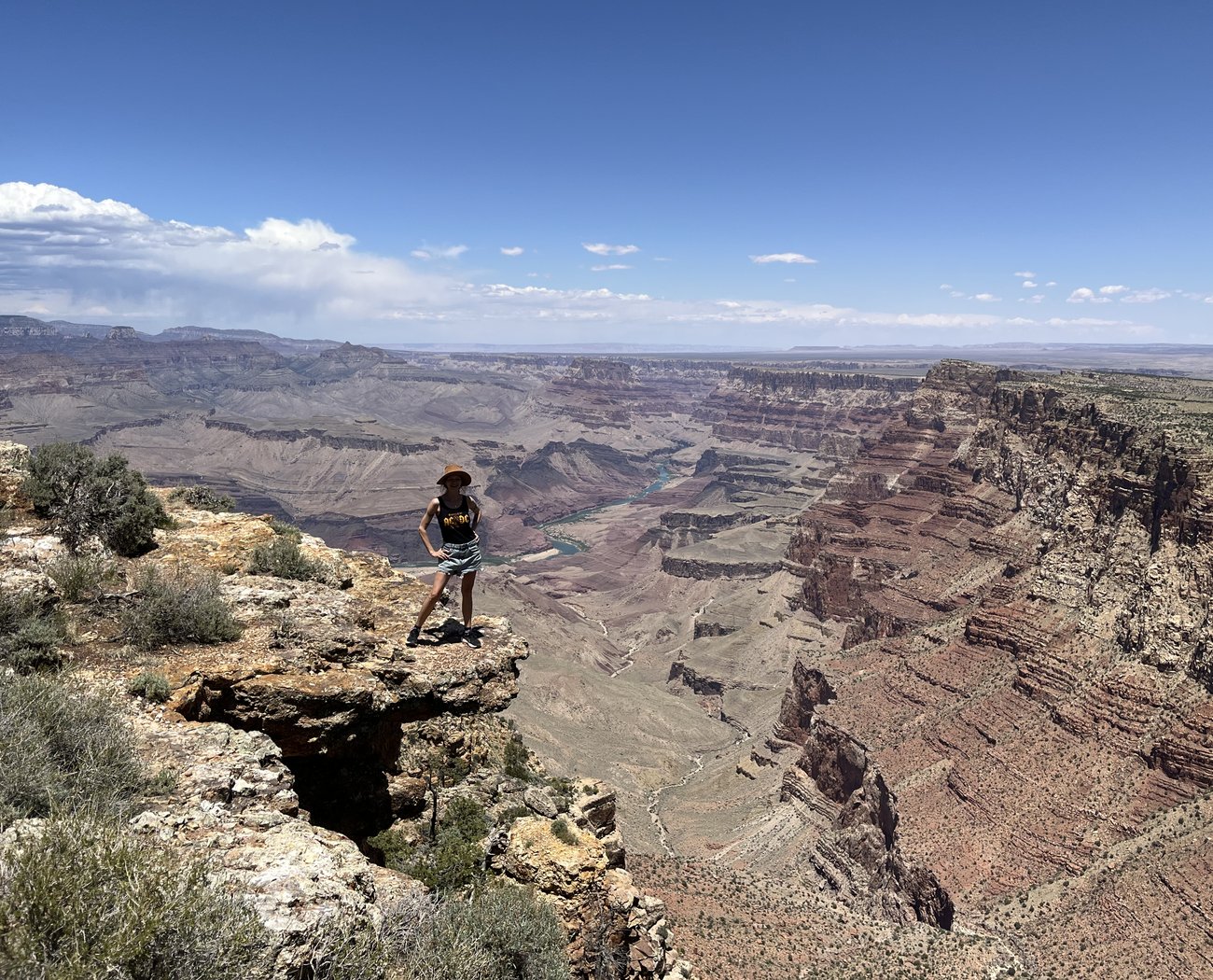
And it reminded me—once again—that self-responsibility stops being a buzzword and starts becoming a lived, embodied reality when you’re travelling alone and nothing is working and no one is coming to fix it for you. I had been there before. Many, many times. So I know this territory. But I needed the reminder. And standing in that raw space, in the heat and chaos, I also remembered something else: how far I’ve actually come.
Later, flying over the Grand Canyon in a helicopter, looking down at the endless stretch of moonscape terrain beneath me, I felt something shift. I wasn’t just exhausted or overwhelmed. I was present. And I was proud. Not just of what I’d accomplished on that trip, but of how far I’d come over the last few years. From addiction and rock bottom — with no work, no health, no social life, and no real understanding of myself — to sitting in that helicopter, invited by the Arizona State Office, flying over one of the most iconic landscapes on the planet as a recognized travel writer. I had made it. But more importantly, I had met myself along the way. I’d learned to listen, to set boundaries, to carry myself with clarity, and to walk away from anything that no longer feels aligned. That moment wasn’t just professional validation. It was a personal reclamation.
These are the changes that are hard to spot from the outside. But when you travel alone, when you sit in stillness, when you take time to witness your own thoughts, your own behaviour, your emotional patterns—they start to become visible. And with that visibility comes power. The power to choose differently. To show up differently.
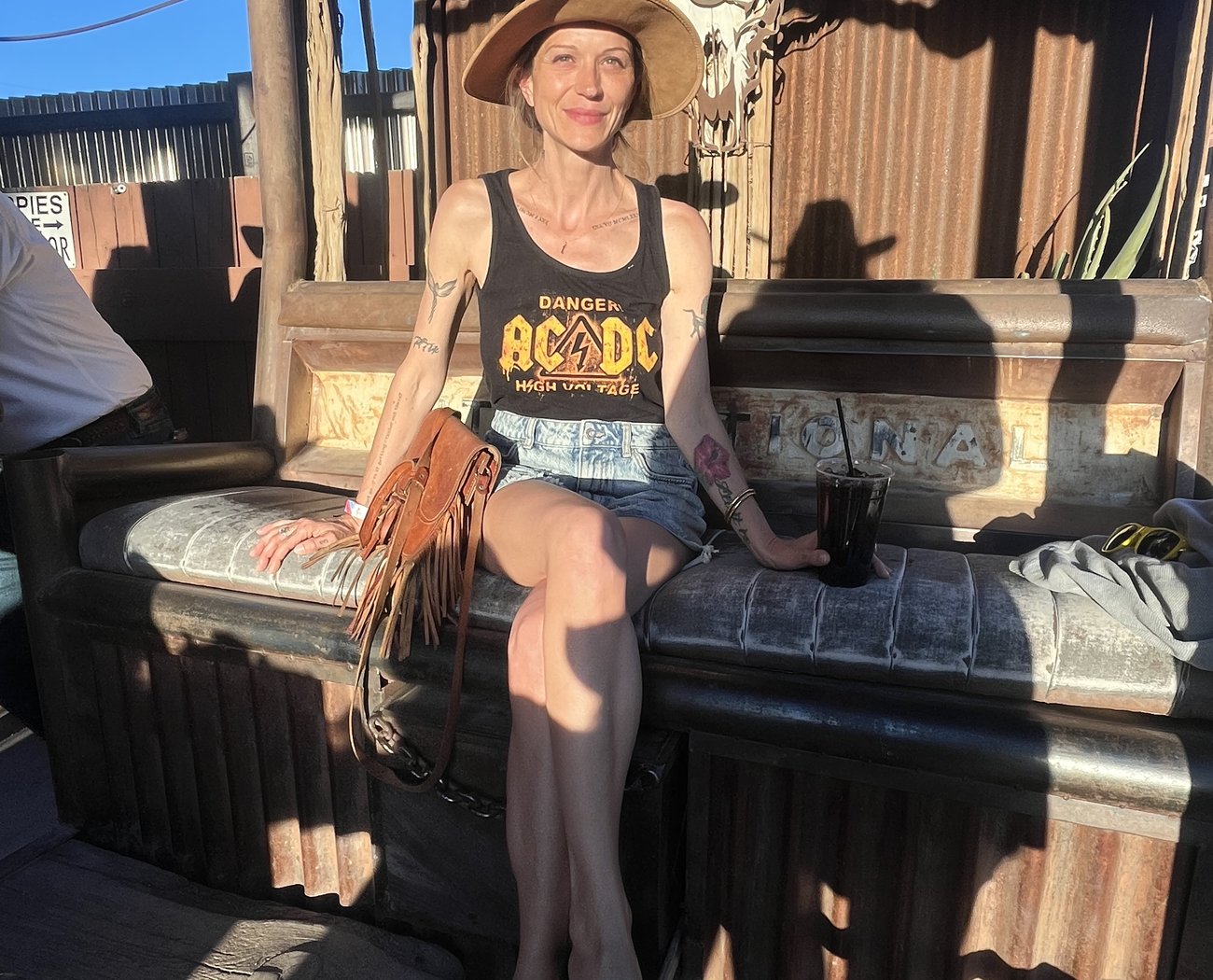
This is why I write about travel the way I do. Not as escape, not as PR, but as a mirror. A mirror that reflects not who we post to be, but who we are when everything falls away. The parts we’ve grown. The ones we’re still growing.
And I kept thinking of Elsa Dutton from 1883—the way she moved through the land: raw, wide-eyed, cracked open by it all. I might be three decades older than her, but I know that feeling. Sunburned. Sober. And softened. Asking all the hard questions. Learning, growing, becoming me.
That’s the kind of travel I live for—and the kind I write about.